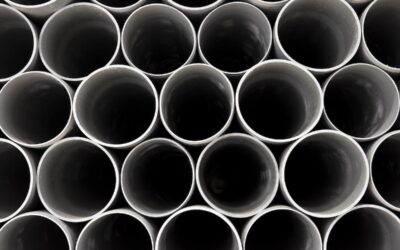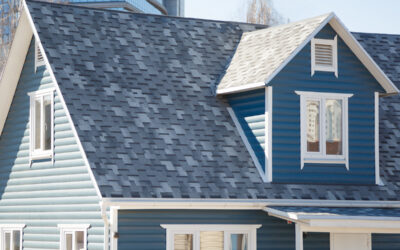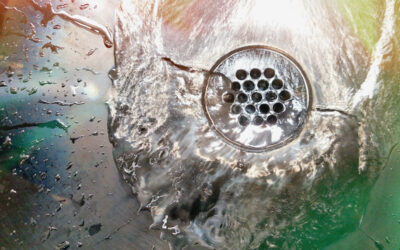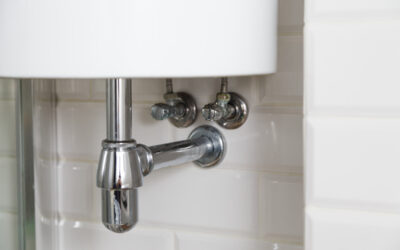Failures and blockages in your sewer lines are common. The result could be a backup with costly repairs. So who is responsible for repairs and remediation when sewer lines backup?
The reasons sewer for blockages and breaks are many –– old age and poor maintenance, to name a few. Tree roots in your sewer lateral is one of the most common causes of blockages and breaks in your line because they grow toward the nearest water source in hot and dry months. For this reason, you should not plant trees within 15 feet of a water or sewer line in your yard. You should also avoid planting maples, oaks, birches, willows, and mulberries near lines. However, the most common backup source in your home is a clogged drain. Not only should you schedule regular inspection of your sewer cleanout, but you should also be cautious about what you put or flush down the drain.
No matter the cause, a sewer backup poses a severe and immediate risk to your health and home and is your responsibility to remediate. Report sewer backups to the Ben Davis Conservancy District directly by calling (317) 241-2941. The Conservancy will dispatch a technician to inspect the main line within 12 to 24 hours.
The main line is located in the street or alley. The main line transports sewage from your home to a wastewater treatment plant. If the main line is flowing as expected, the technician will notify you that the blockage or break is in your lateral.
Homeowners are responsible for maintaining their lateral line. This pipe is located in your yard and extends from your house to the main line in the street. Blockages and backups in your lateral can be costly to repair and may cause damage in your house. You are responsible for any remediation or repair in your home and on your private property. For this reason, the Conservancy recommends installing a backflow valve in your lateral line to prevent sewage from backing up in the lateral and into your home.
A notice from the Conservancy that the problem is not located in the main is frustrating. However, there is no time to waste. Contact a licensed plumber immediately. A licensed plumber can assess the extent of the problem and recommend repair and remediation.





